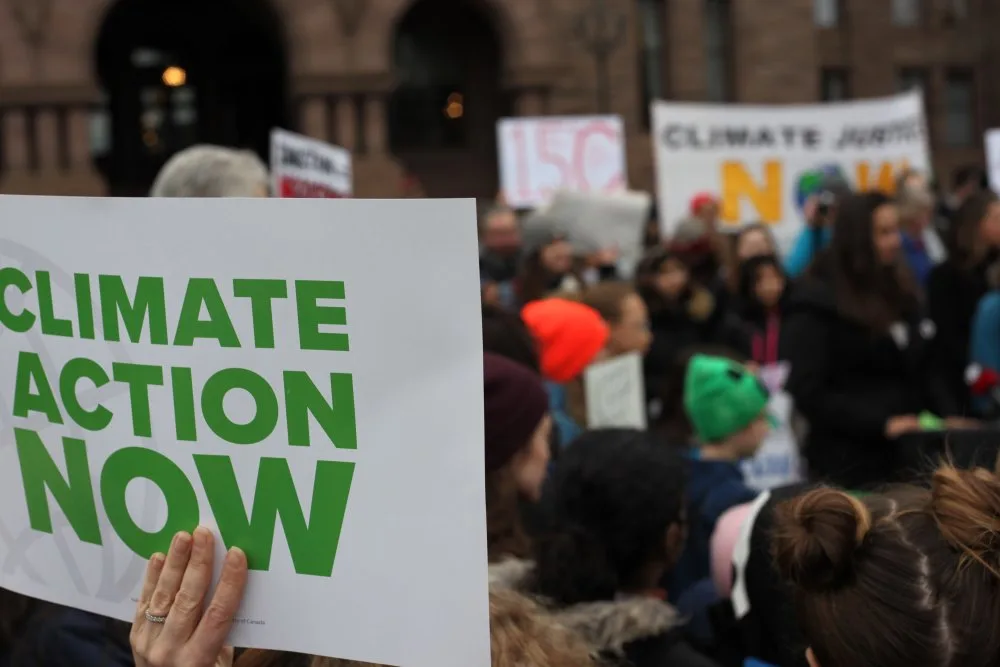
U.N. Climate Summit, climate strikes: Here's what to expect
As the U.N. is set to meet on climate change, climate strikes are being planned worldwide, including in Canada.
On September 23rd, leaders from around the world will meet in New York to discuss the climate crisis Earth is experiencing. The challenge is to lay out concrete and realistic plans of what needs to be done in order to reduce greenhouse gas emissions by 45 per cent over the next 10 years, and reach zero emissions by 2050.
Climate change has become one of the greatest challenges humanity has faced, and today there is clear evidence of the impact it is having on a wide section of the planet's population.
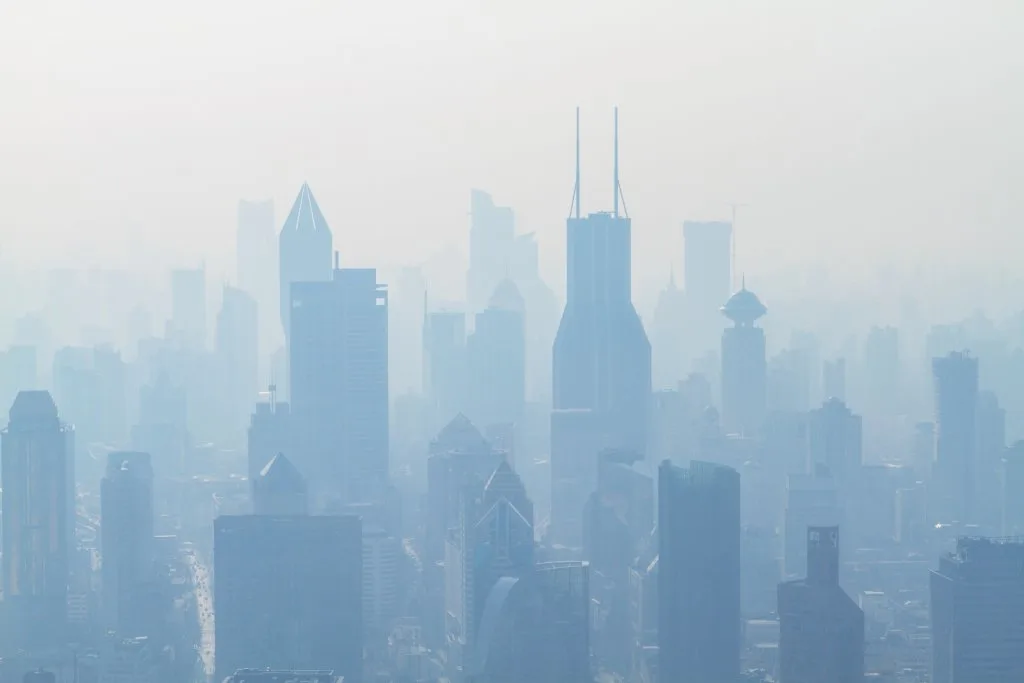
Image: Air pollution in a city. Credit: Eric Holger.
This past decade has seen eight of the 10 warmest recorded years of the global temperature record, with 2016 marking the peak. With just over three months left in 2019, experts predict that this will very likely be another podium year, placing it among the top-three warmest. In recent years, the highest temperature anomalies have been registered in the Arctic, where the average temperature has risen three degrees compared to 1990.
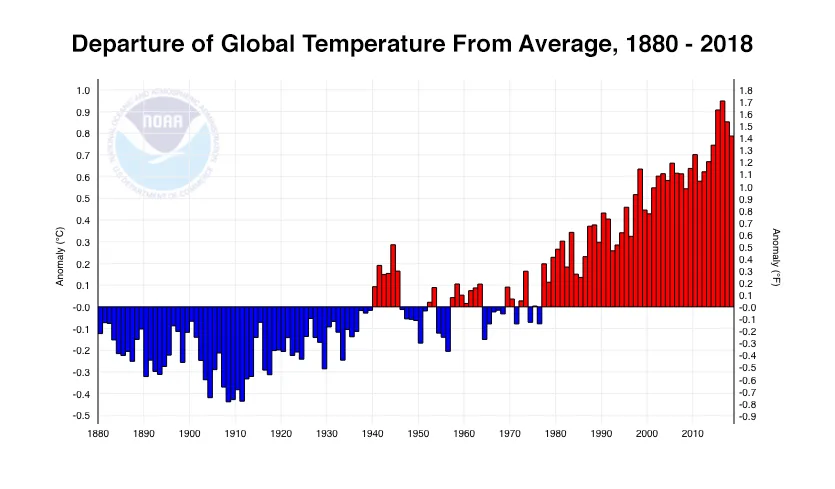
Temperature anomalies 1880 – 2018. Credit: NOAA
While rising temperatures accelerate the thawing season in polar regions, the level of seas and oceans continues to increase while coral reefs die in our tropical oceans. There is also a more evident signal of the direct impact climate change is having on human health. Heat waves, food shortages in some regions of the planet, and air pollution are increasingly frequent and become more extreme.
Much of what is happening with our climate is related to the increase in greenhouse gas concentrations. Reducing these values is one of the main objectives of the Climate Summit. While many other issues will also be addressed, U.N. Secretary General Antonio Guterres has made his own position very clear.
“I want to be informed about how we are going to stop the increase in emissions by 2020 and how we are going to reduce them drastically, to reach zero emissions by 2050," he said.
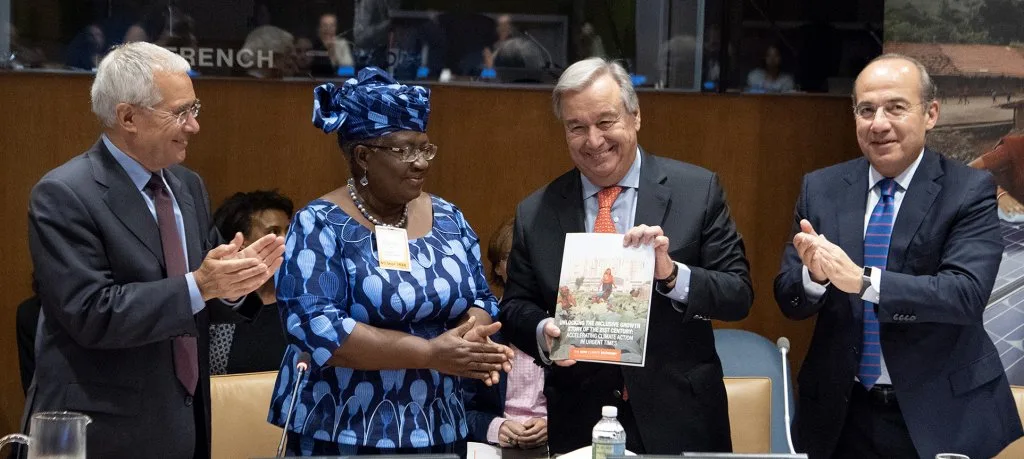
United Nations General Secretary Antonio Guterres, second from right. Source: U.N.
This is a huge challenge, and what Guterres wants everyone to put on the table are effective and reliable plans that will lead to a complete transformation of each country's economy, following the objectives of sustainable development set in past meetings. We need to accelerate the proposed measures, in order to combat climate change and reach the accords signed by most world nations in Paris 2016. This impulse to fight climate change must also serve to strengthen the economy of each country, creating employment and promoting the conservation of natural environments and biodiversity.
THE LIST OF ACTIONS IS LONG AND CHALLENGING
There is a long list of actions that are going to be implemented to ensure that the proposed objectives can be met. On September 23rd, politicians from around the world will present to discuss six fundamental goals that, if achieved, will have a high potential to reduce greenhouse gas emissions:
Finance: Mobilizing public and private sources of finance to drive decarbonization of all priority sectors and advance resilience.
Energy transition: Accelerating the shift away from fossil fuels and towards renewable energy, as well as making significant gains in energy efficiency.
Industry transition: Transforming industries such as Oil and Gas, Steel, Cement, Chemicals and Information Technology.
Nature-based solutions: Reducing emissions, increasing sink capacity and enhancing resilience within and across forestry, agriculture, oceans and food systems, including through biodiversity conservation, leveraging supply chains and technology.
Cities and local action: Advancing mitigation and resilience at urban and local levels, with a focus on new commitments on low-emission buildings, mass transport and urban infrastructure; and resilience for the urban poor.
Resilience and adaptation: Advancing global efforts to address and manage the impacts and risks of climate change, particularly in those communities and nations most vulnerable.

Road Map to Climate Action (source: U.N.)
Mitigation strategy: To generate momentum for ambitious Nationally Determined Contributions (NDCs) and long-term strategies to achieve the goals of the Paris Agreement.
Youth engagement and public mobilization: To mobilize people worldwide to take action on climate change and ensure that young people are integrated and represented across all aspects of the Summit, including the six transformational areas.
Social and political drivers: To advance commitments in areas that affect people’s wellbeing, such as reducing air pollution, generating decent jobs, and strengthening climate adaptation strategies and protect workers and vulnerable groups.
MAJOR SUPPORT FOR GLOBAL CLIMATE STRIKE ACROSS CANADA
Millions around the world will be Striking for Climate starting this coming Friday, and Canada will be on the top of the list of countries supporting the Global Climate Strike on September 20th and 27th. More than 80 strikes, from British Columbia to Newfoundland and the Northwest Territories, are expected across the country. The strike is in partnership with the "Fridays for Future" school strikes, which are intended to get people around the globe to walk out for the climate.
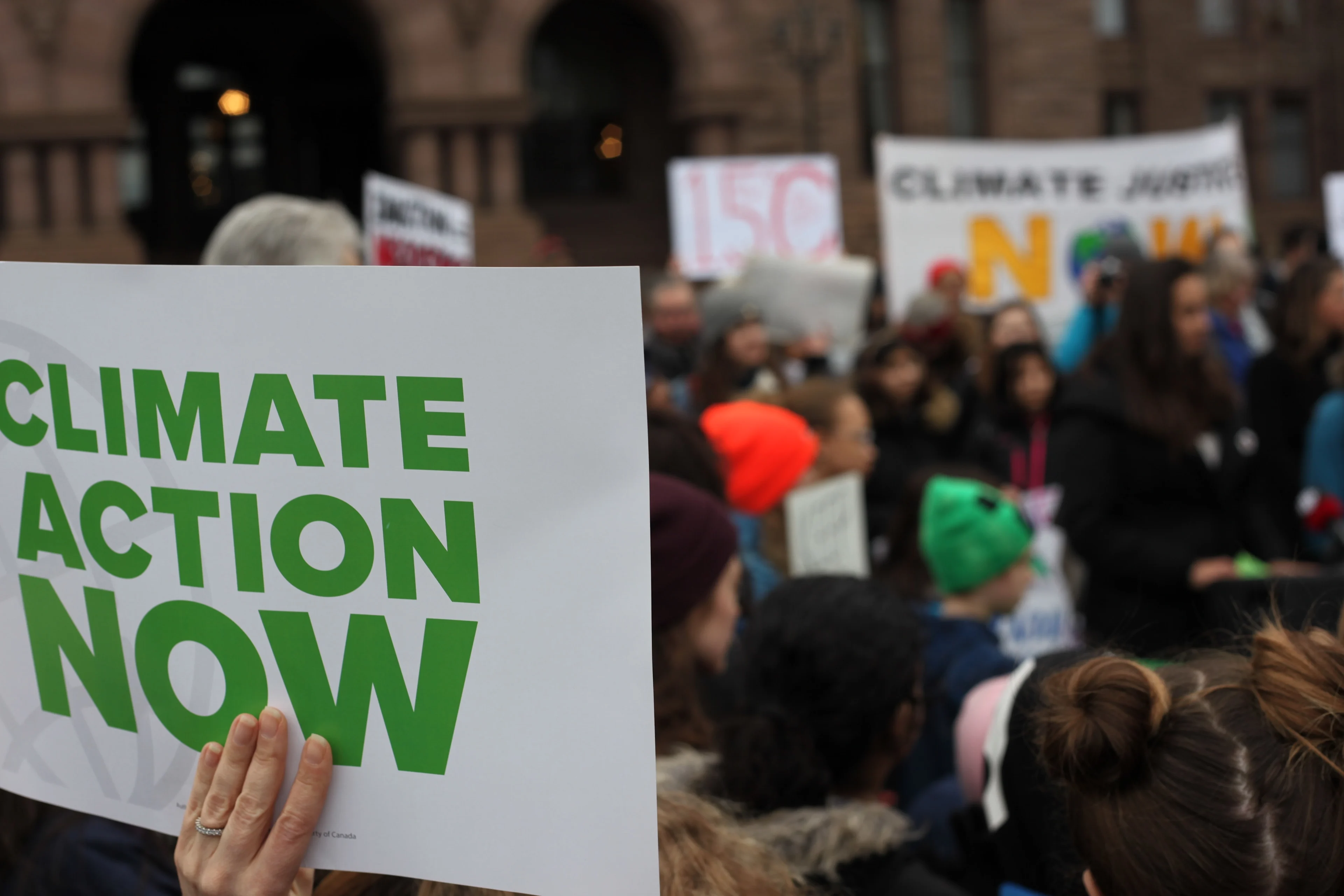
Photo: Jasmin Sessler
Young Swedish activist Greta Thunberg will participate in the Montreal climate strike on September 27th. It won't be hard to find a place to join this powerful movement, as strikes will be held at universities, city halls, parks, churches, museums. The majority will be taking place in Ontario, British Columbia and Quebec.











